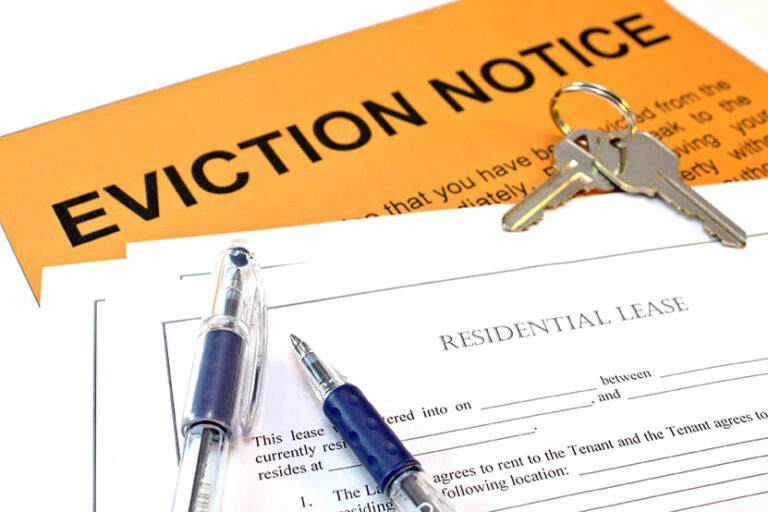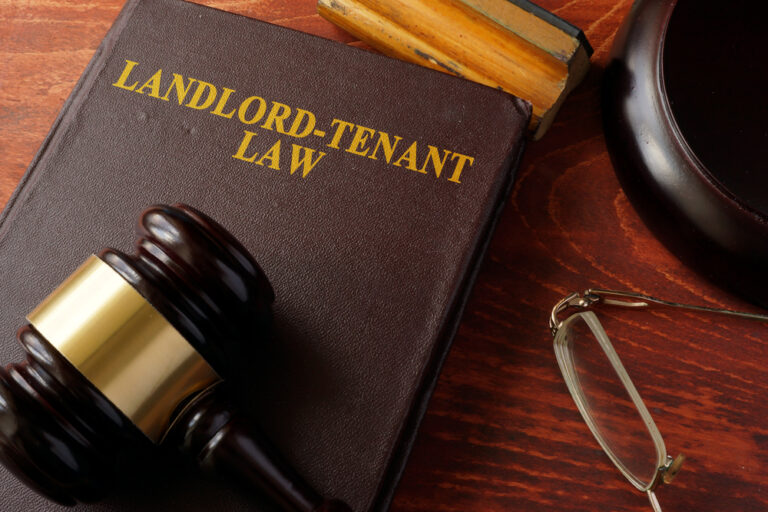What is a Forcible Detainer Action and when can it be Prosecuted?
A forcible detainer occurs if a person unlawfully holds possession of any real property through violence or threats, or unlawfully enters a rental unit at nighttime or during the occupant’s absence, and refuses to surrender the premises for five days after demand to return possession. To qualify for a Forcible Detainer action, the owner/lessor of…


